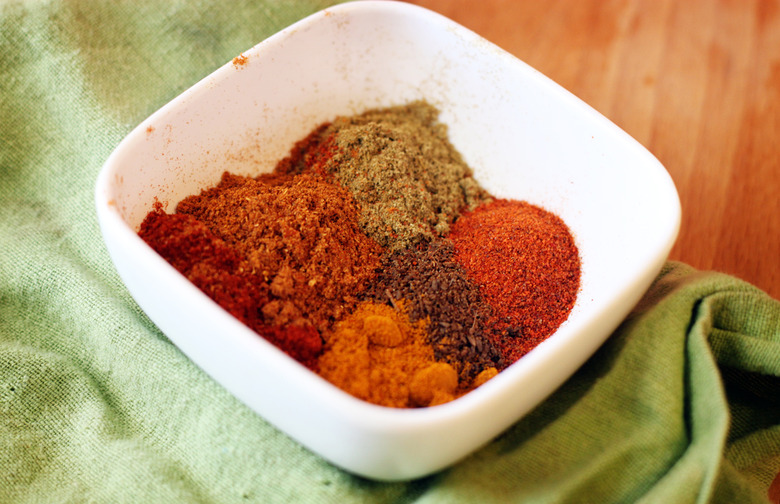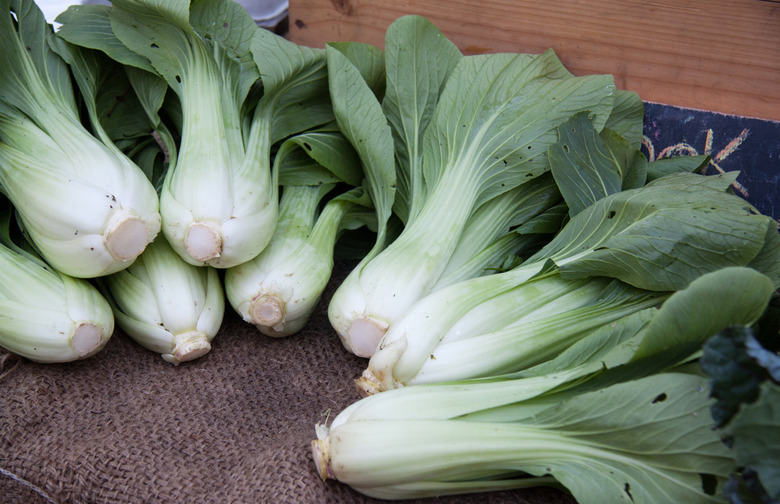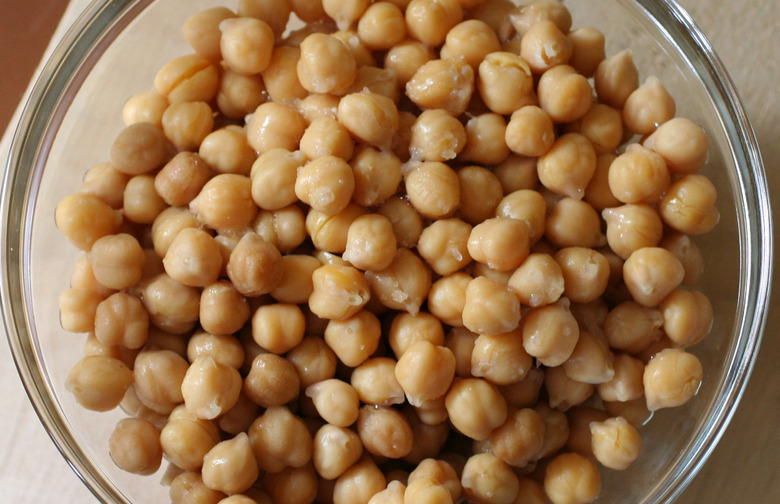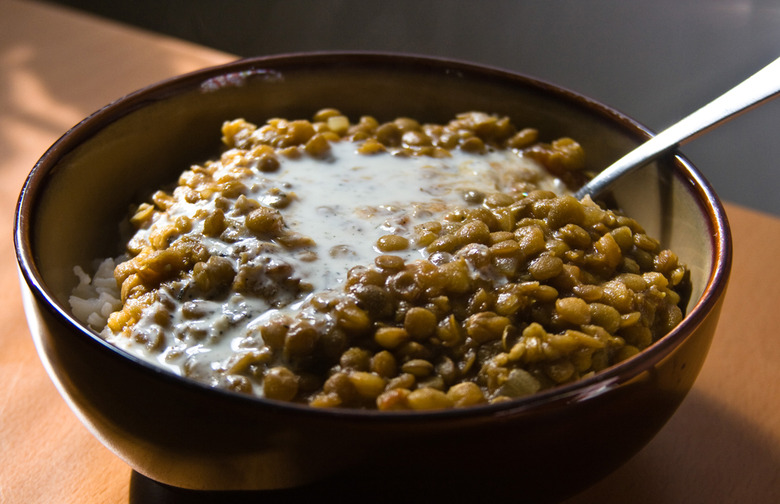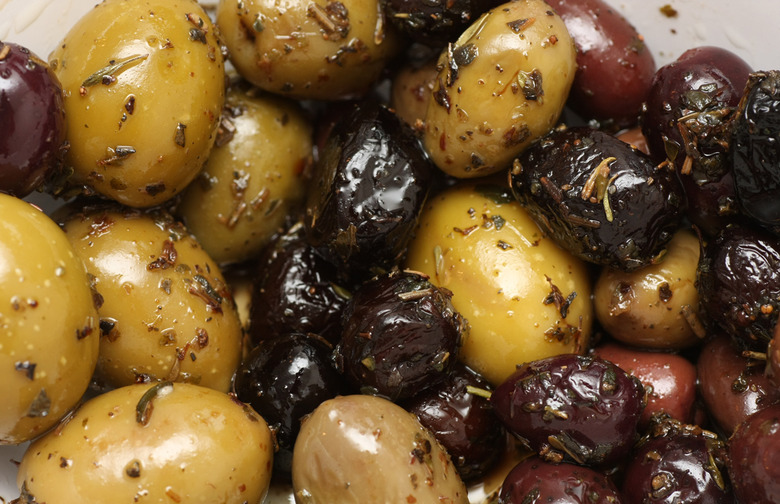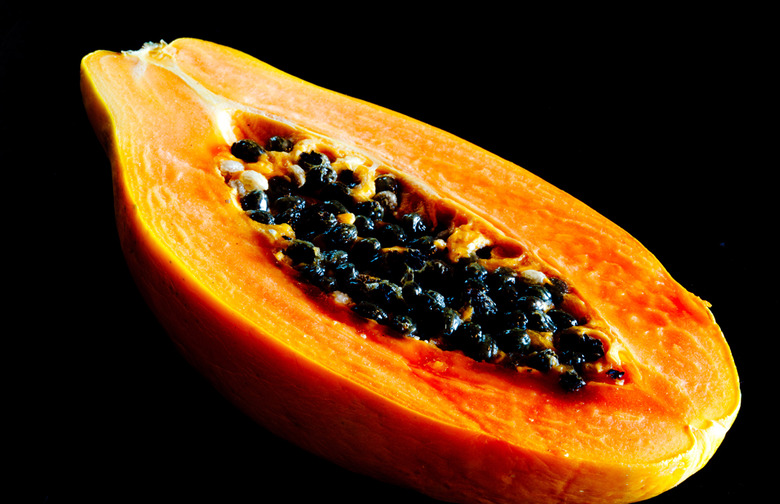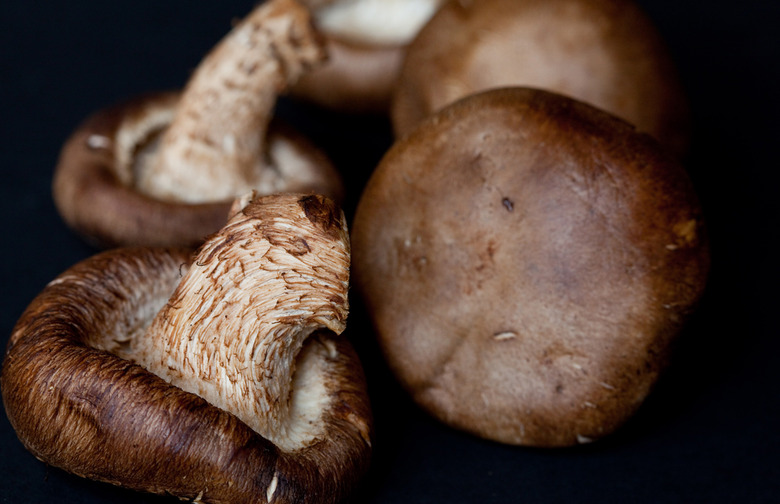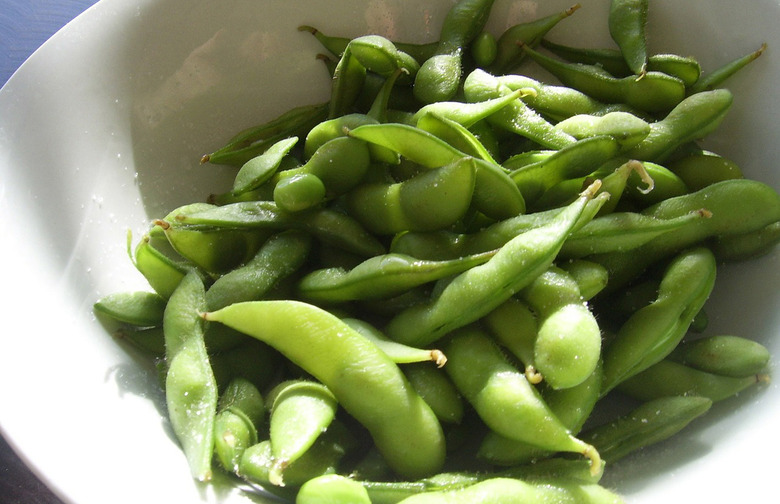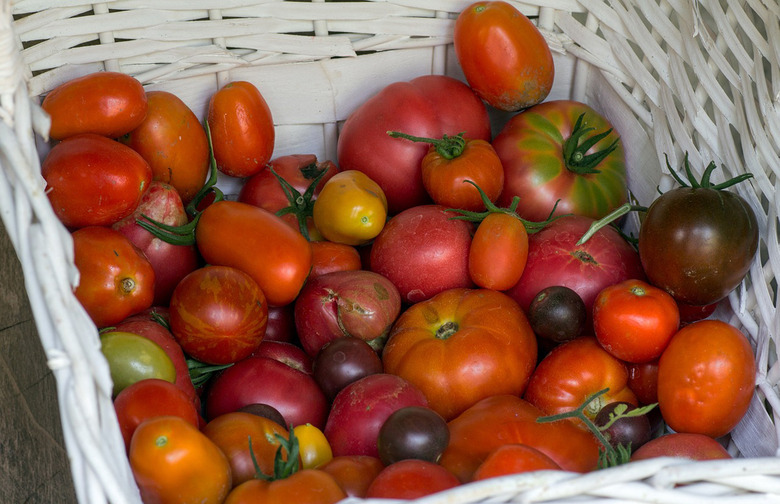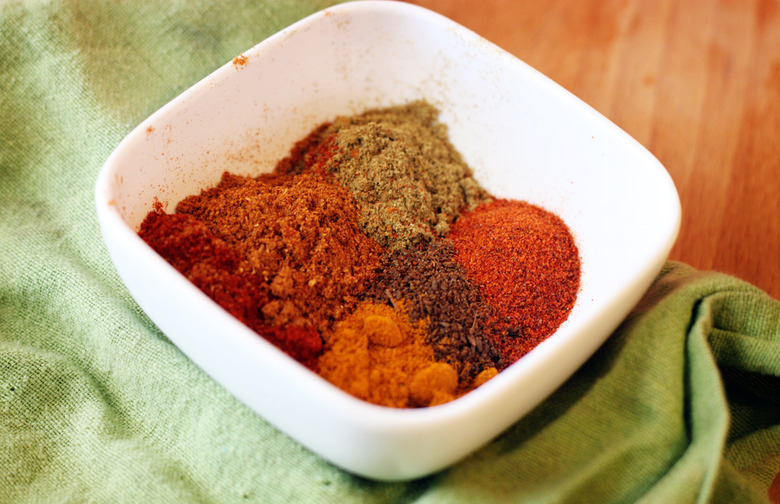Slideshow: 9 Superfoods From Around The World To Eat In 2016
Apples. Broccoli. Carrots. We could probably go through the whole alphabet, because by some accounts, there are over 100 foods with "super" added to their name so far. There are no legal definitions on what can be considered a "superfood" in the United States, but they're generally understood to be foods packed with essential nutrients, as well as antioxidants, minerals, and vitamins.
"Superfood" might be a relatively new term, but the concept of superior foods sure isn't. According to History.com, select inscriptions on the pyramids of Giza suggest that the Egyptian laborers who worked on the structure viewed ubiquitous garlic as a primary source of strength and stamina (and with their workload, that's saying something). Quinoa isn't just a passing fad either — called the "mother grain" by Incas over 5,000 years ago and containing all nine essential amino acids, it's considered the only complete protein from a plant-based source.
We've rounded up nine superfoods from around the world you should try in 2016, from Brazil to Japan. Read on to learn about the superfoods you should be including in your diet.
Bok Choy (China)
The Chinese have been cultivating this cabbage-like vegetable for over 5,000 years for a reason. One cup of the superfood provides over 100 percent of the recommended daily value of Vitamin A, and over two-thirds that of vitamin C. Loaded with antioxidants like kaempferol, it's also been suggested that bok choy helps to fight cancer. Besides China, the vegetable is harvested in California and parts of Canada.
Chickpeas (Egypt, Israel, Middle East)
Chickpeas, which are often used as key ingredients in Middle Eastern cuisine, are fully stocked with protein and fiber, as well as folic acid, magnesium, and zinc. The carbohydrates they provide are good for you, and it's common for chickpeas to be featured on lists of the world's healthiest foods. Another plus? They provide essential amino acids and vitamins like riboflavin, thiamin, folate, and niacin.
Lentils (Pakistan)
Pakistani cuisine makes good use of lentils, which are loaded with fiber that lowers cholesterol, B vitamins, and protein, while they have low caloric and fat content. The 16 grams of fiber they provide per cup can also benefit blood sugar levels. That, in addition to 18 grams of protein, helps keep proponents full longer, promoting weight loss.
Olives (Greece)
Olives and their oil are used widely in Greece, other Mediterranean diets, and in the Middle East, both in cuisine and as natural remedies for a variety of health conditions. They're shown to lower bad cholesterol levels as well as blood pressure. Studies suggest they also protect against heart disease. The fruit's benefits don't end there, though — olives are shown to reduce inflammation, act as antioxidants to repair cell damage, and help kill cancer cells. Count us in.
Papaya (Brazil)
This sweet fruit contains significant amounts of vitamins A, C, and E, which make it a great protector against the common cold. Its antioxidants, such as beta-carotene, may also help prevent colon and prostate cancer, as well as heart disease. An extra benefit of papaya is that it benefits your body even if you don't eat it — spreading it on skin appears to prevent burn infections and promote wound healing. It can also be used on hair as a moisturizing and growth agent.
Shiitake Mushrooms (China, Japan, and Korea)
Shiitake mushrooms, which appear in Chinese, Japanese, and Korean cuisine, have many benefits. Among them is their richness in vitamin D, as well as their ability to lower cholesterol and improve the immune system. The real star of the shiitake show, though, is lentinan, which may help fight cancerous tumors, according to the National Center for Biotechnology Information. We're already sold.
Soybeans (Japan)
Japanese cuisine contains soybeans as an ingredient in many dishes. Among other benefits, each bean contains types of molecules called isoflavones, which may fight cancer, osteoporosis, and heart disease. Studies over the years have shown anti-cancer benefits of the protein; however, experts warn that too much of a good thing may be harmful in this case.
Tomatoes (Italy)
Tomatoes are a powerhouse for antioxidants, including beta-carotene and vitamins C and E. Significant amounts of potassium is also a plus, as well as the fruit's suggested ability to lower risks of pancreatic cancer. Tomatoes also reportedly help prevent sunburn and keep skin looking youthful, so try a glass of tomato juice for breakfast this week.
Turmeric (India)
Turmeric, the main ingredient in most curries, has been used for thousands of years in India as a spice, but it is also used as a form of medicine. Research suggests that turmeric's antioxidants may help fight cancer and that it's an effective anti-inflammatory. WebMD suggests that turmeric can be effective for osteoarthritis pain as a possible replacement for ibuprofen.
